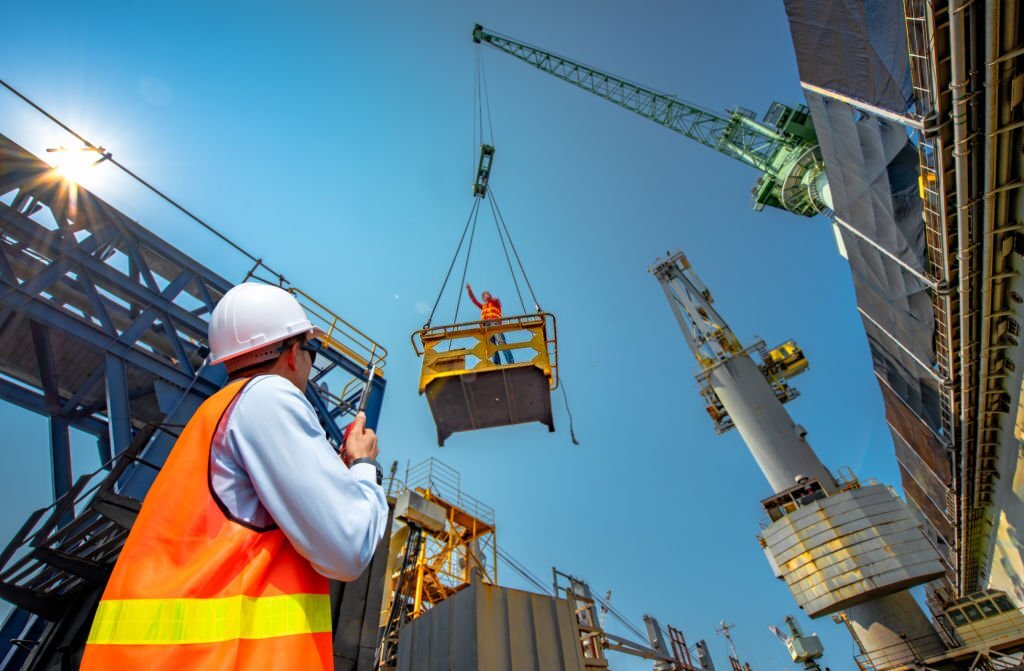
Introduction:
Offshore drilling operations have become a cornerstone of modern energy production, enabling the extraction of valuable resources from beneath the ocean floor. However, these operations are not without their challenges. The harsh marine environment demands specialized equipment and technologies to ensure safety, efficiency, and successful resource extraction. In this comprehensive article, we delve into the pivotal role that marine equipment plays in offshore drilling operations, highlighting advanced tools, platforms, and technologies that enable effective drilling in even the most demanding offshore environments.
1. The Significance of Offshore Drilling:
Offshore drilling has revolutionized energy production by tapping into vast underwater reserves of oil and natural gas. With onshore resources depleting, offshore drilling has become essential to meet global energy demands. However, drilling in marine environments presents unique challenges due to extreme weather conditions, water depth, and environmental concerns.
2. Essential Marine Equipment for Offshore Drilling:
a. Drillships and Semisubmersibles: These specialized vessels serve as drilling platforms and accommodation units. They are equipped with dynamic positioning systems that enable them to maintain position despite the currents and waves.
b. Jack-Up Rigs: These rigs stand on the seafloor and are used for shallower water drilling. Their legs can be raised or lowered to adapt to various water depths.
c. Subsea Wellheads and Blowout Preventers (BOPs): These critical components are installed on the seafloor and help control the well during drilling and production, preventing blowouts and leaks.
d. Riser Systems: Risers provide a conduit for transferring drilling mud, fluids, and gases between the seabed and the drilling platform. They ensure a stable connection despite the movements of the sea.
3. Advanced Drilling Tools and Technologies:
a. Directional Drilling: Advanced drilling techniques allow wells to be drilled at angles, reaching multiple reservoirs from a single platform. This maximizes resource extraction while minimizing environmental impact.
b. Seismic Imaging: Seismic surveys utilize sound waves to create detailed images of the subsurface, aiding in identifying potential drilling sites and understanding geological formations.
c. Remote Operating Vehicles (ROVs): ROVs are unmanned submersible vehicles controlled from the surface. They perform tasks such as wellhead maintenance, inspections, and even complex repairs in hazardous conditions.
d. Automated Drilling Systems: These systems use real-time data to adjust drilling parameters, optimizing efficiency and reducing human error. They also enhance safety by responding to changing conditions promptly.
4. Ensuring Safety and Environmental Protection:
a. Well Control Measures: Blowout Preventers (BOPs) are equipped with shear rams that can cut and seal the well in case of emergencies. These measures prevent uncontrolled releases of hydrocarbons.
b. Environmental Monitoring: Marine equipment incorporates sensors and systems to monitor water quality, marine life, and seabed conditions, minimizing the impact of drilling activities on the ecosystem.
c. Emergency Response Equipment: Offshore drilling operations are equipped with firefighting and spill response equipment to address potential emergencies swiftly and effectively.
5. Increasing Efficiency in Offshore Drilling:
a. Continuous Operation: Marine equipment is designed for durability and reliability, allowing for continuous drilling operations, reducing downtime, and increasing productivity.
b. Integrated Data Analysis: Advanced software collects and analyzes data from various sources, enabling operators to make informed decisions, optimize drilling processes, and predict equipment maintenance needs.
c. Reduced Footprint: Innovative equipment designs and efficient operations minimize the environmental footprint of offshore drilling activities, fostering sustainable resource extraction.
Conclusion:
The role of marine equipment in offshore drilling operations is undeniably pivotal. From specialized vessels and platforms to cutting-edge drilling tools and technologies, these advancements enable safe, efficient, and environmentally conscious resource extraction in the challenging marine environment. As technology continues to evolve, the offshore drilling industry will undoubtedly achieve new heights of safety, efficiency, and sustainability, ensuring a stable energy supply for the world’s growing needs while safeguarding the delicate balance of our oceans.

